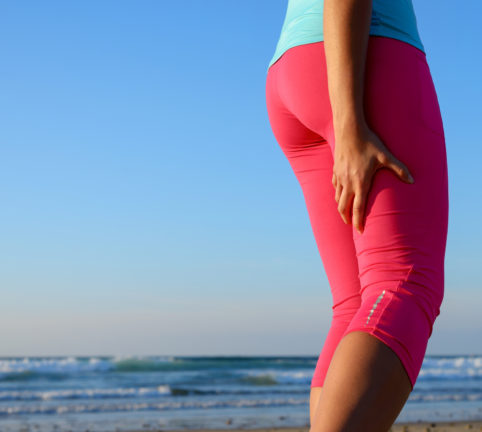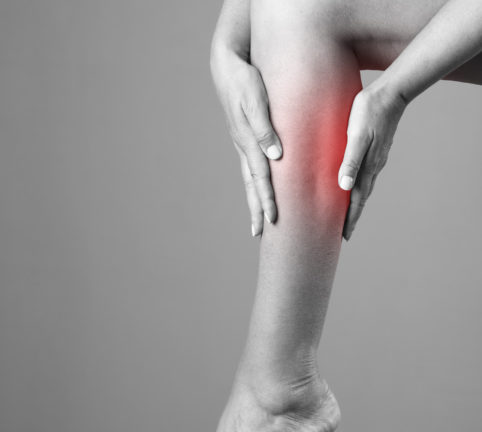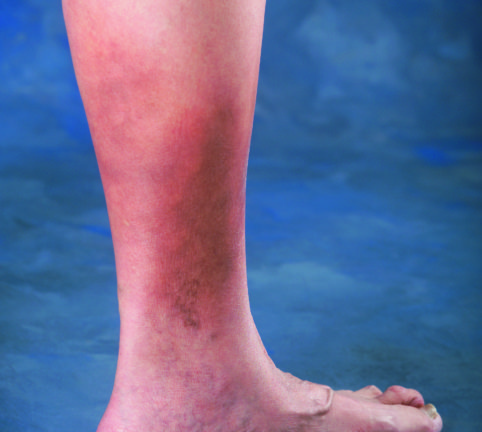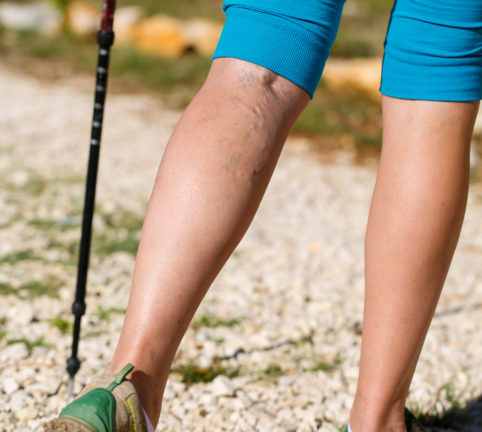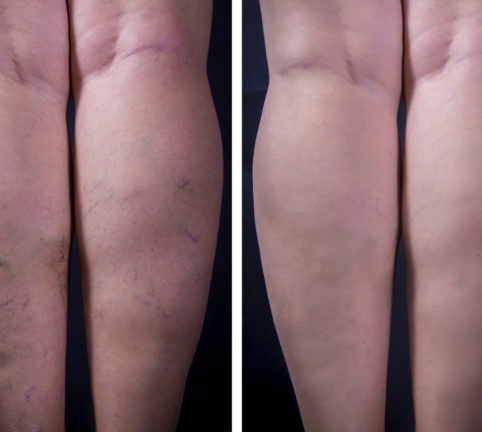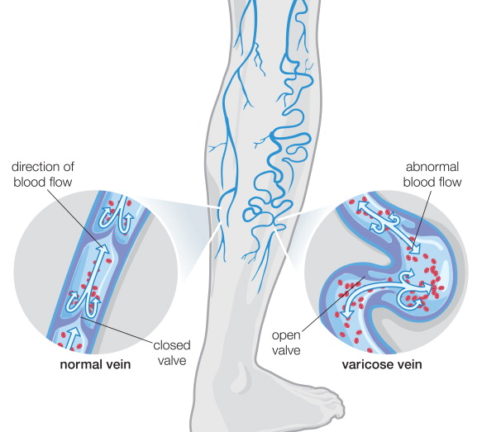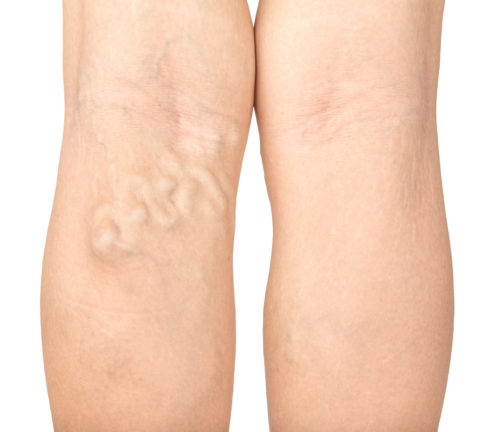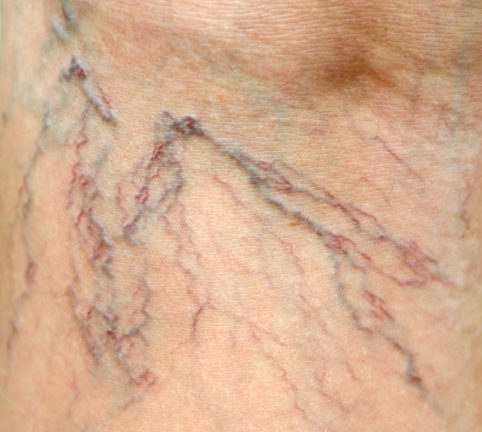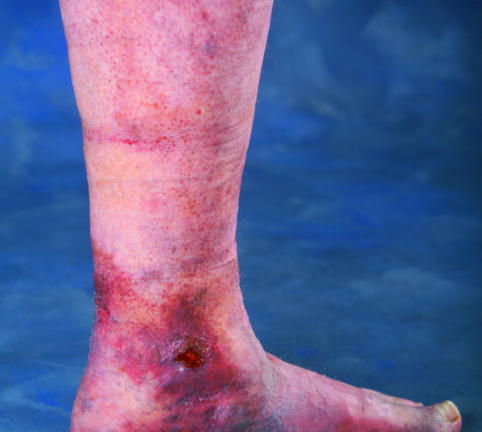Symptoms of vein disease can have a wide range of severity depending on the extent of disease. Many people may just have a few isolated spider veins while others may have larger symptomatic varicose veins. If you are experiencing any of these listed symptoms, you may be suffering from chronic venous insufficiency and likely will benefit from a free consultation with Oceana Vein Specialists. If left untreated, varicose veins can lead to more serious concerns over time due to the progressive nature of the disease.
Suffer from any of the below symptoms? We can help. Contact us

